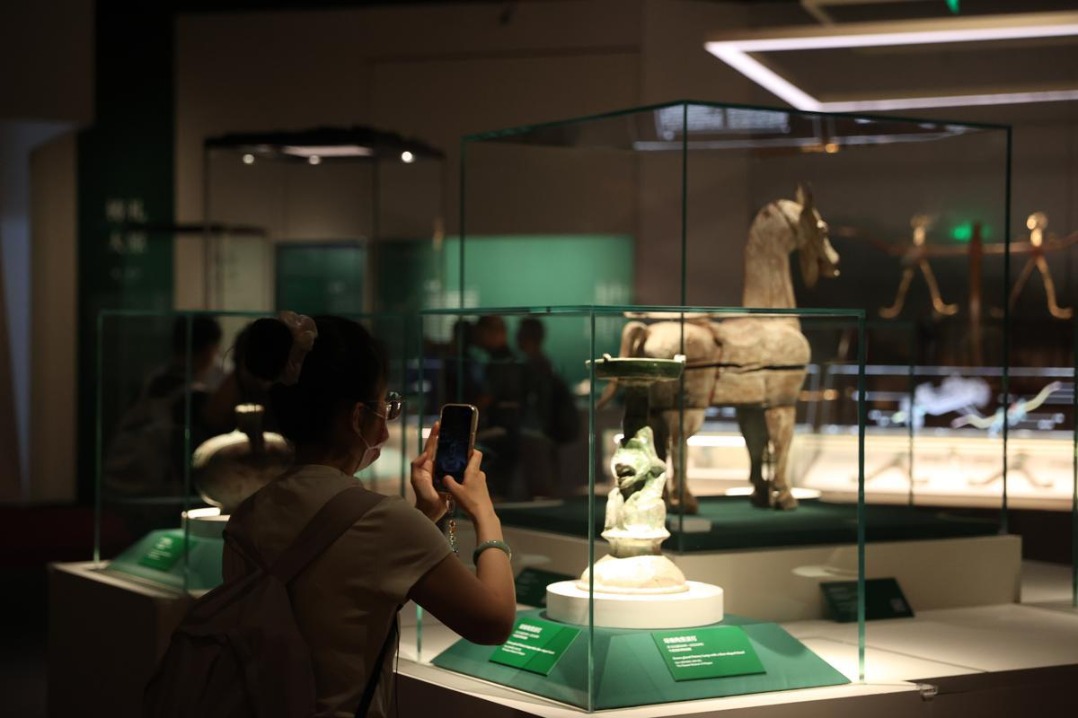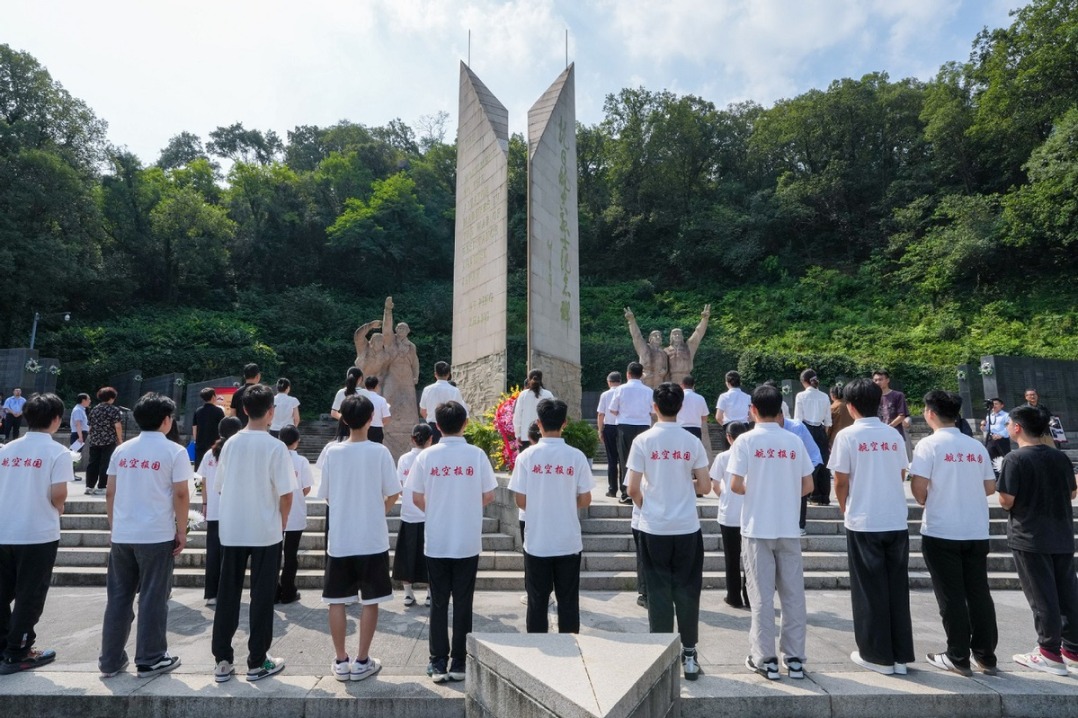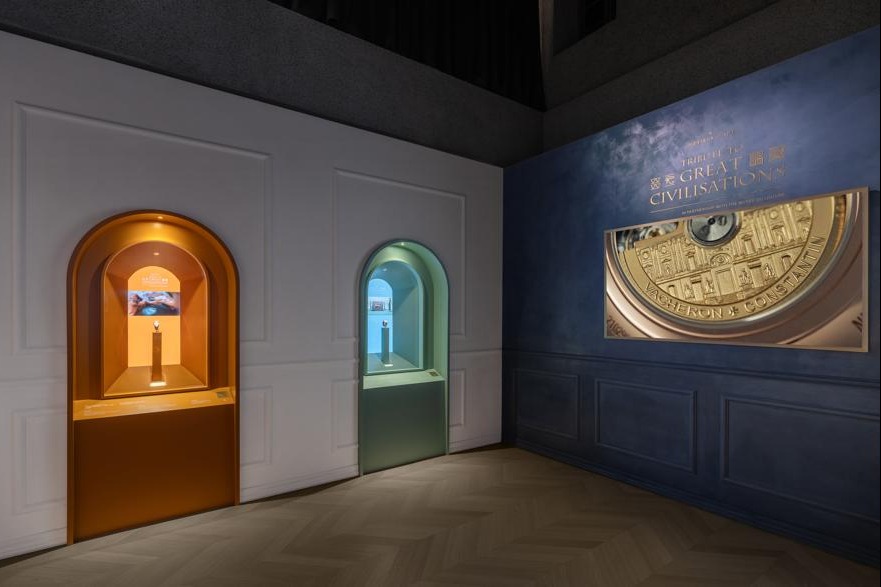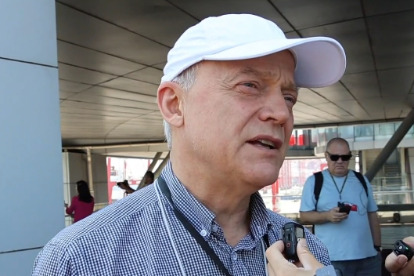With gravity waves, every second makes a difference

When a gravitational wave reaches Earth, every second counts. So data processing speed is crucial when it comes to how much astronomers can learn from these space-time ripples.
"In an era of multimessenger astronomy, we have to shorten the time as much as possible so as to trigger the alert quickly enough for follow-up observations," said computer scientist Cao Junwei, who leads the Chinese team collaborating at the international Laser Interferometer Gravitational-Wave Observatory (LIGO).
In October, scientists from the LIGO Scientific Collaboration, together with astronomers around the world, declared they had detected a gravitational wave from the collision of binary neutron stars and corresponding electromagnetic signals-the first such direct observation ever made.
The discovery was achieved through high data processing speed. Just 1.7 seconds after the wave detection network received the signal, a gamma ray burst was detected by the Fermi space telescope. LIGO and Fermi immediately triggered alerts around the astronomical community, bringing about 70 ground and space detectors into follow-up observations of electromagnetic signals at various wavelengths, which helped locate the source of the wave more precisely.
Cao joined the LIGO Lab at the Massachusetts Institute of Technology as a computer scientist in 2004. On returning to China, he led a team from Tsinghua University's Research Institute of Information Technology in joining the LIGO collaboration in 2009.
"We were the only Chinese group in the collaboration. None of us specialized in astrophysics, but we were accepted," said Cao, who is vice-dean of the institute at Tsinghua.
In the first five years, the Chinese team mainly helped build the computing platform and analyzed data. Then they began devoting most of their efforts to speeding up data processing.
The faster, the better
Few understood the importance of speed at the beginning.
"We suggested, from the outset, that fast computing would serve multimessenger astronomy, which requires follow-up observations as soon as a gravitational wave signal is confirmed," Cao said. "The faster, the better."
In 2015, LIGO first detected gravitational waves from the collision of binary black holes, which verified the general relativity theory that Albert Einstein proposed a century ago. But it took scientists months to vet, validate and interpret the discovery before it was publicly announced.
LIGO detectors collect more than 16,000 data samples per second. To confirm that a signal is generated by gravitational waves, scientists remove "noise" from the data, and then compare the data patterns with templates of gravitational waves.
More than 1,000 scientists are working in the LIGO Scientific Collaboration, more than half of them on data analysis. The data quality categories are defined by multiple analysis groups: compact binary coalescence, burst, continuous waves, stochastic and others.
"Our team, which is only a small group in the collaboration, is now focusing on graphics processing unit acceleration for searches and exploring the application of machine learning to real-time data analysis," Cao says.
Their accomplishments include a set of new data processing pipelines, in cooperation with the University of Western Australia.
"The new pipelines help speed up data filtering, so we can finish comparing data patterns with tens of thousands of templates within a second," Tsinghua Associate Professor Du Zhihui said.
"Now, the time between the arrival of a signal and the confirmation of it as gravitational waves has been shortened from several minutes to dozens of seconds. Next, we hope to shrink the time to three to five seconds," Du said.
Scientists began to enhance LIGO's detectors in 2008. The Advanced LIGO finished its second run in August 2017, and is expected to start its third run in the middle of this year. Scientists will further upgrade its detectors between the two runs to improve its sensitivity, which should greatly increase the odds of discovering gravitational waves.
"With a higher sensitivity, the number of signals that are detected may soar from a few a year to several a day. We will fall far behind if we don't accelerate data processing," Cao said.
He hopes the Chinese work at LIGO will contribute to the country's own gravitational wave detection projects.
"China will participate in international cooperation actively to foster talent and accumulate experience," he said.
- 8 held after children found with abnormal blood lead levels
- Country's high-speed rail network wins intl praise
- Thousands of PLA personnel deployed to flood-hit Rongjiang
- China's largest weapons manufacturer appoints new chairman
- Greater Bay Area rail passenger flows surge
- Shanghai exhibit hails role of Flying Tigers in liberating China





































